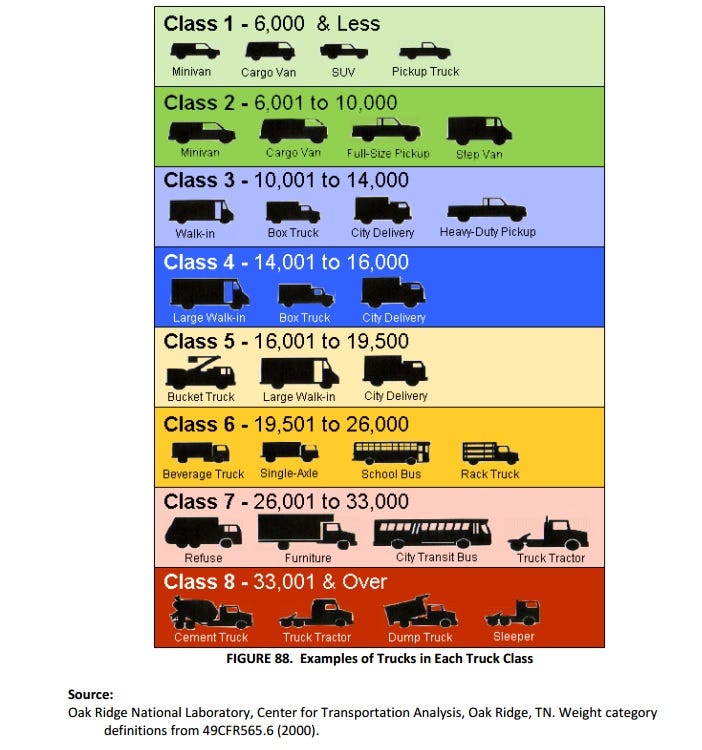IdaSHO
IDACAMPER
Here, let me quote myself for anyone in the room that still thinks GVWR is solely based upon equipment here in the USA...
All far points, but the biggest factor in dictating GVWR for pickups has everything to do with licensing and taxes.
This is why you see so many legit full size trucks with a 9900lb GVWR.
My 2011 superduty is one of them. Add up the actual axle ratings, and you are pushing 14,000lbs.
Keep it below 10k and you are in the sweet spot.
Above that, things get dicey.


